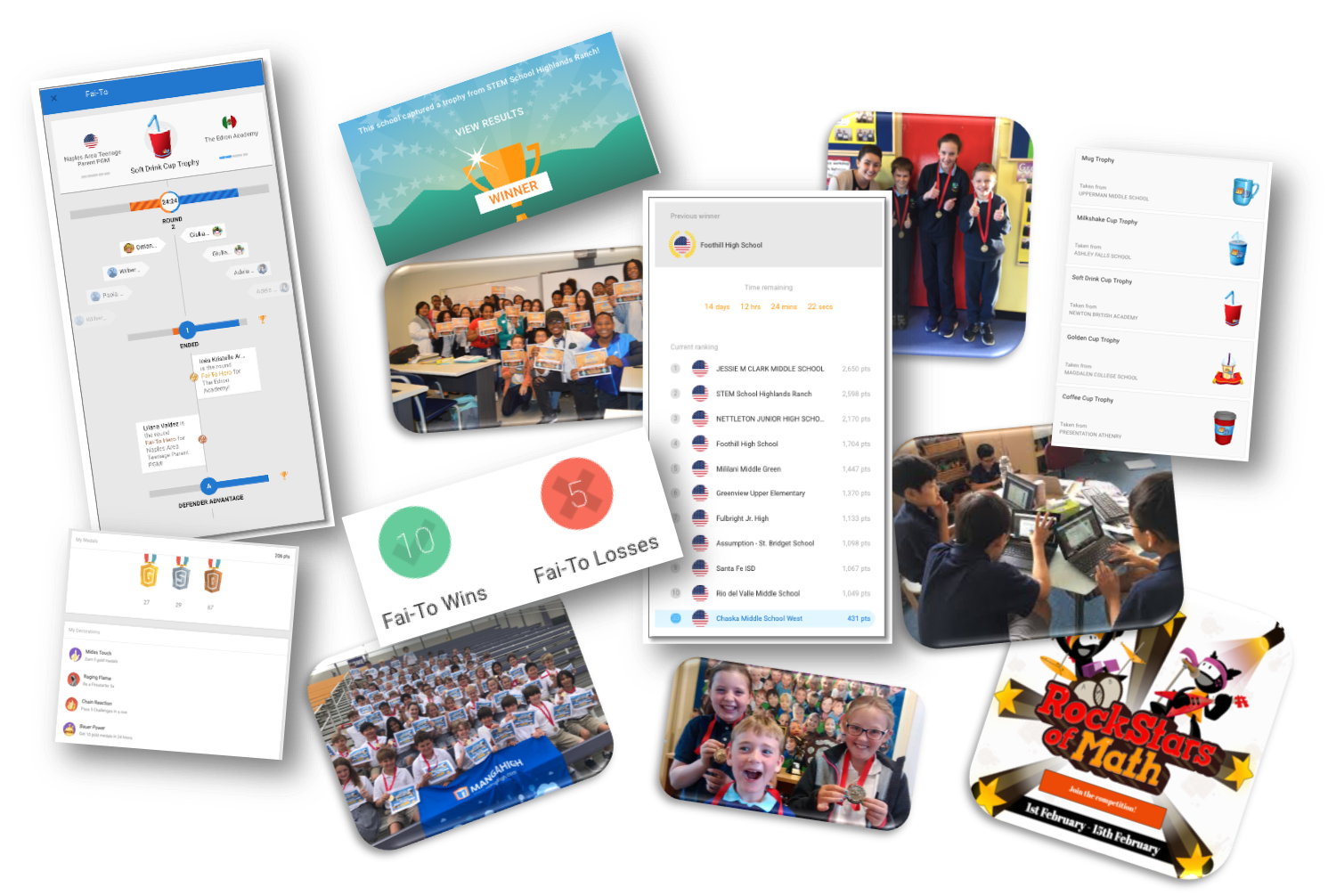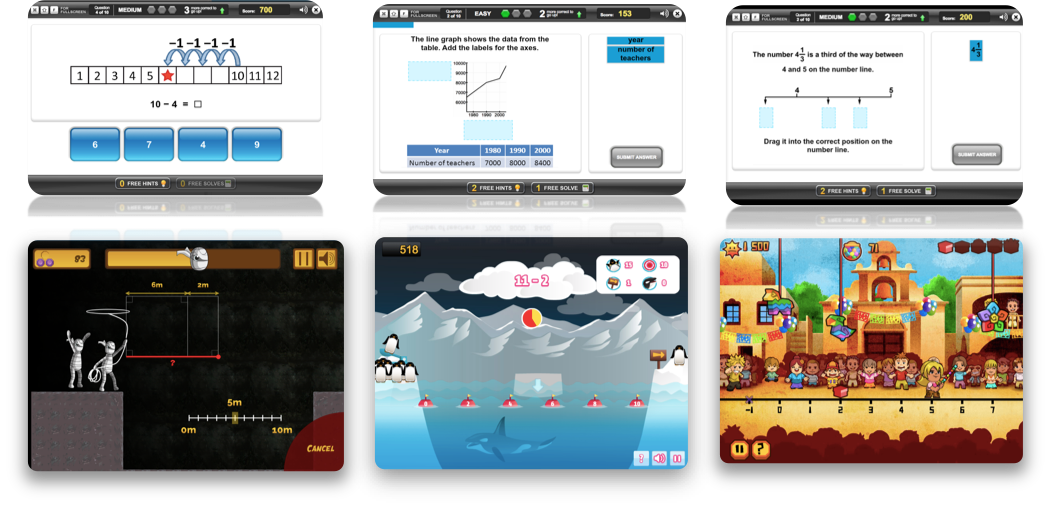Gamification & Game Based Learning
Can you explain the difference between Gamification and Game-Based Learning (GBL)? Do you know how each looks, feels, and impacts students? Although both refer to aspects of games, they work in different ways in our classrooms.
Gamification is an extrinsic reward strategy that shapes learner’s behavior toward a goal, both theirs and and the teacher's. Anytime a behavior is incentivized, gamification is being used. Girl Scouts display badges on their uniforms to proudly display skills they acquire. Teachers gamify their classroom management by awarding group and table points that students bank up to earn social recognition and rewards. Gamification clearly places goal attainment in the hands of the learner, provides a structure to see progress, and offers meaningful rewards. In the classroom, we need to be clear about the role of gamification and the impact on our long-term goals for our students. Sebastian Deterding, a researcher from Hamburg University, encourages us to move beyond gamification’s extrinsic motivational aspects to “amplify the intrinsic motivations” of individuals when our goal is to support enduring changes in individuals. When we use learning games in our classes, we see motivation increase as students develop the internal drive to reach their personal best.

Well-designed game-based learning, or GBL, leverages two types of intrinsic rewards: autonomy - the desire to direct our own lives, and mastery - the urge to make progress and understand deeply. Both are at the heart of learning games. Students are empowered with complete control of every action they make from start to finish. They decide when and what kind of help they need. Achieving a deep understanding in math requires a growth mindset and many students lose faith in their ability to learn, especially those with special needs. Learning games take the pressure off students to be “fast and right” in a low-risk, self-paced learning space. Students expect to make mistakes when playing games and don’t feel like failures when they try again and again. A non-threatening learning space by itself won’t impact learning, though. Students must also perceive the game as challenging, but not impossible to beat. Feedback is key for learners to move forward. A game’s feedback is designed specifically to help the player succeed based on the mistakes they just made. It is immediate, relevant, and personalized.

Over the years, teachers searched far and wide for rigorous learning games get their students excited about learning math. They also want to provide the strongest learning experience possible. If a fellow teacher asked you for advice, which of the learning online math game examples below would you suggest s/he try with her students?
- Students answer several addition problems correctly then get to play a round of virtual pinball. On the next screen they answer several subtraction problems then get to play another round of virtual pinball. When they answer 20 questions correctly, they earn a coin used to purchase new clothes for their avatar.
- Students type an addend into an equation to show how many spaces they need to move on a number line to reach a certain point. When they answer correctly, their avatar runs to the point representing the sum and they get the chance to make their avatar jump in an attempt to break a virtual piñata. Their avatar does not move when the student answers incorrectly.
If you suggested example B because it provides a rigorous learning embedded in a game, then you suggested a pedagogically strong learning game. Mathematics should always be the foundation of the game mechanic, not an extra reward for correct responses. Example A is a reward for the desired response and there’s nothing “gamey” to do with answering the math problems.
Here’s a checklist that you can use during your review of educational games to make sure you are maximizing your students’ learning experiences.
Gamification | Game-Based Learning (GBL) |
Performance indicated by levels, points, badges, and medals | Requires active learning and offers quick restarts for non-successful attempts |
Progress clearly communicated | Embeds learning and practice into the game mechanic and is aligned to specific learning objectives |
Elements may be embedded in games and a learning platform | Success is achievable and difficulty increases as play progresses |
Offers social recognition for achievements | Provides immediate feedback |
Extrinsically rewarding | Intrinsically rewarding |
Citations
Gamification and GBL Presentation to Unitec Dr. Paul Pivec
GAMIFICATION IN EDUCATION Gabriela Kiryakova1 , Nadezhda Angelova2 , Lina Yordanova3
